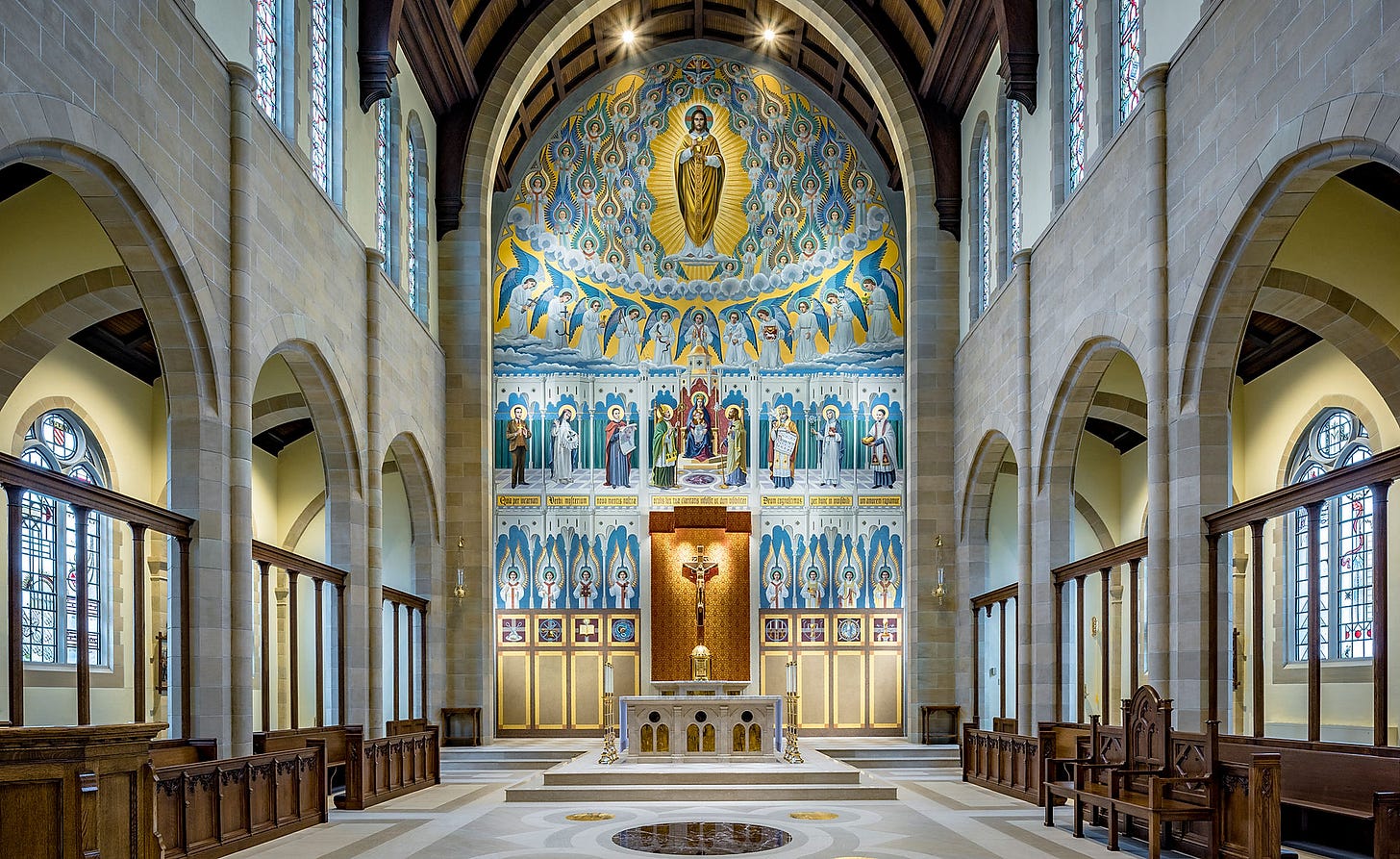Father Steven Beseau became rector of the Pontifical College Josephinum, a Columbus, Ohio, seminary, in July 2019.
The Kansas City priest, a professor of moral theology with long experience in campus ministry, took the helm at the Josephinum during a period of declining enrollment, and shortl…

